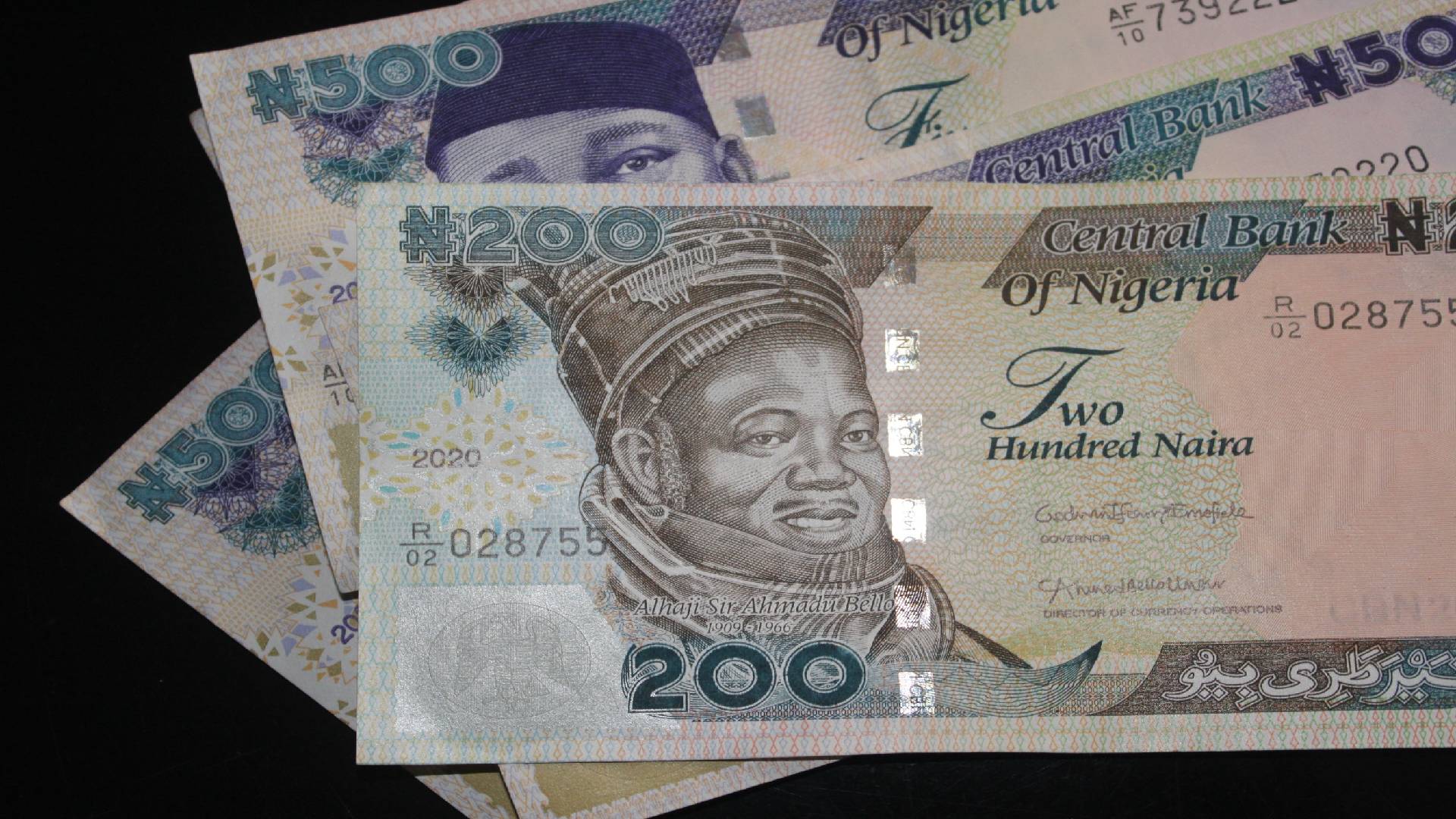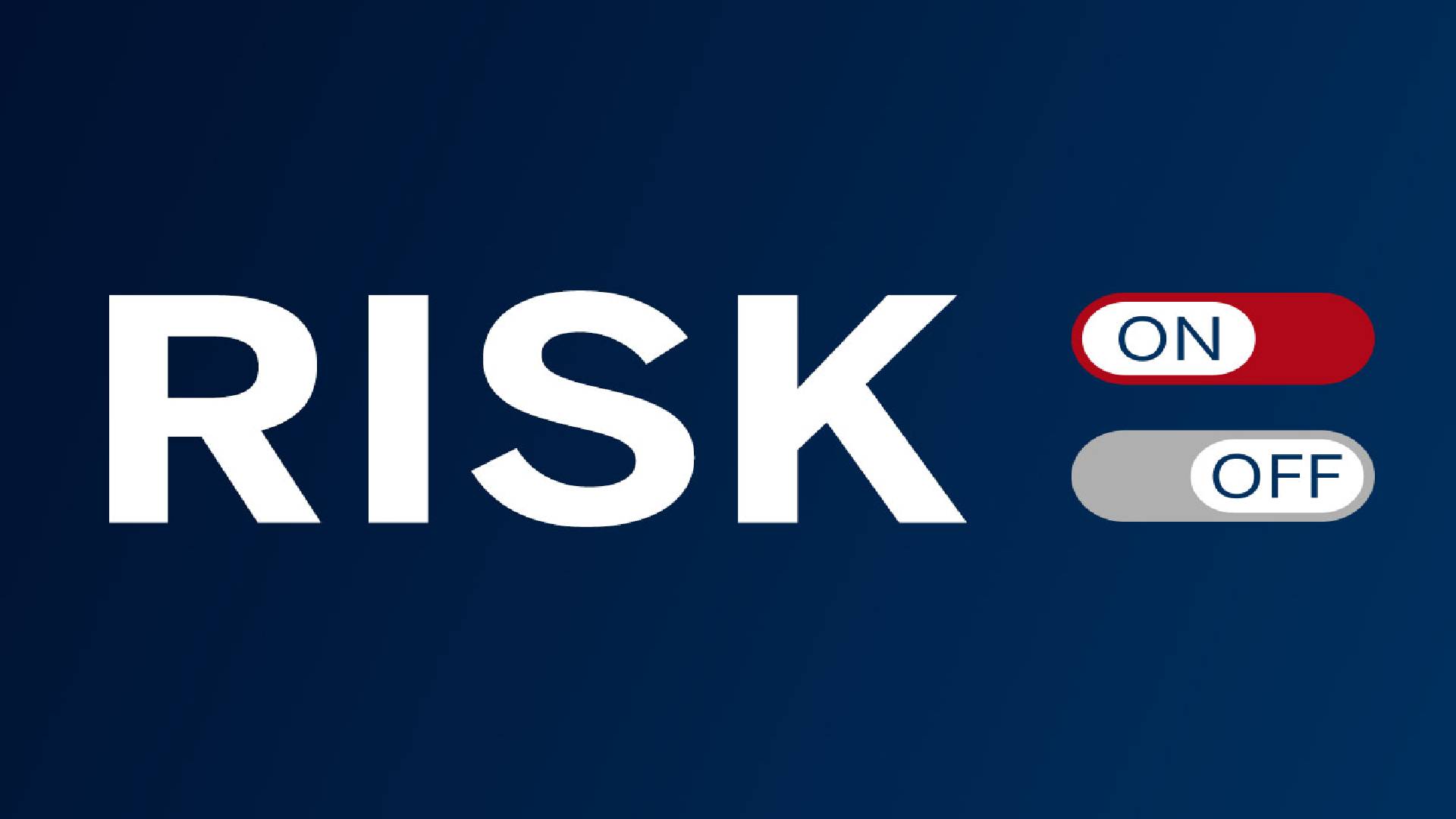 Stock market indicators play an important part in the overall analysis of the market. Indicators are a reflection of traders’ moods. If the sentiment is positive, indicators will be bullish. On the other hand, a lag reflects a dampened sentiment. These sentiments can also help you get an idea of the economy to some extent. Day traders can also formulate their decisions based on stock market indicators. So, understanding the nuances of their composition and construction can be essential for making all types of trading decisions.
Stock market indicators play an important part in the overall analysis of the market. Indicators are a reflection of traders’ moods. If the sentiment is positive, indicators will be bullish. On the other hand, a lag reflects a dampened sentiment. These sentiments can also help you get an idea of the economy to some extent. Day traders can also formulate their decisions based on stock market indicators. So, understanding the nuances of their composition and construction can be essential for making all types of trading decisions.
A very important technical indicator within the world of the stock market is the Smart Money Index. This indicator is based on intraday price patterns and traders usually use it to observe if there are divergences on the chart or confirm market trends. So, what is a Smart Money Flow Index, how does it work and what are the pros and cons of it?
What is a Smart Money Index?
The Smart Money Index, or Smart Money Flow Index, was popularized by Don Hayes in the 1990s and seeks to understand what the “smart money” is doing relative to the “dumb money”. The indicator is based on intraday price patterns. It exists in different variations, but is based on the same concept:
The “dumb money” trades at the start of the day since they’re emotionally reacting to the overnight or early morning news. Trading on the news is not a smart thing to do. Meanwhile, the “smart money” trades during the last hour of each trading day since they spend the day evaluating the market’s price action. In this case, the terms “smart” and “dumb” do not necessarily correlate with trader intelligence. Instead, they are used to help differentiate traders who are predictive (smart) from those who are reactive (dumb). The main idea is that the majority of traders (emotional, news-driven) overreact at the beginning of the trading day because of the overnight news and economic data. There is also much buying on market orders and short covering at the opening. The Smart Money Index suggests that day traders and investors ought to follow the “smart money” instead of the “dumb money”.
The SMI indicator can be calculated for many markets and market indices.
Smart Money Index calculation
The Smart Money Index can be calculated for any stock market or market index. It is calculated by taking the previous day’s smart money reading minus the gain or loss in the opening 30 minutes plus the change in the index during the last hour of trading. So, the basic Smart Money Index formula is:
Today’s SMI reading = yesterday’s SMI – opening gain or loss in the first half hour of trading + last hour change
SMI in technical analysis
There is no hard-and-fast rule for how to use the SMI. There is no exact point in which we can say “the Smart Money Index is bullish for stocks right now” or “the SMI is bearish for stocks right now”. With that being said, traders generally use this indicator to “confirm” the stock market’s trend or look for divergences.
If the market moves in the same overall direction as the SMI, then the SMI is “confirming” the stock market’s direction, which suggests that the trend will continue. This means that, if the market rallies and the Smart Money Flow Index trends higher at the same time, that’s seen as a bullish sign of “smart money confirmation”. Conversely, if the market falls and the Smart Money Flow Index trends lower at the same time, that’s seen as a bearish sign of “smart money confirmation”.
Now let’s move on to the divergence. If the market trends in a different direction than the SMI, then the stock market will eventually mean-revert to the SMI’s direction. This means that:
- If the stock market goes down but the Smart Money Flow Index trends higher (“smart money is more bullish relative to dumb money”), that’s seen as a bullish divergence for the stock market. Theory states that the stock market will probably go higher soon
- If the stock market goes up but the Smart Money Flow Index trends down (“smart money is more bearish relative to dumb money”), that’s seen as a bearish divergence for the stock market. Theory states that the stock market will probably go lower soon
Between these two uses, traders more commonly look for divergences since they can help traders predict major turning points in the market. Bearish divergences are usually more common than bullish divergences for this indicator.
Advantages of the Smart Money Index
The purpose of the Smart Money Index is to gauge what the professional and experienced traders are doing in the market. This indicator suggests that traders ought to bet on the direction of the stock market towards the end of the day since that is what the “smart money” is doing, and bet against the direction of the stock market at the start of the day since that is what the “dumb money” is doing. These professional traders have an edge on all the other market players because they tend to have the best possible information available.
The SMI’s performance, although perhaps extreme in many respects, is consistent with numerous prior studies that show institutions and professional traders routinely outperform individuals over intermediate time horizons. It is also consistent with the effect of cross-hedging pressure on futures risk premia. Numerous tests have shown, that this indicator appears to exhibit:
- Highly significant and exceptionally robust market timing ability
- The ability to time time-series momentum
- The potential to select equities from along a cross-section
Smart Money Index – disadvantages
As mentioned before, the Smart Money Index is important because it gives an overview of the market and it can provide signs of trend’s reversal in case of divergence. But unlike other indicators, the SMI does not send a signal of when to short, or when to buy. Instead, it readies you for what to expect in the near or intermediate term. Moreover, the one thing we can be sure is that the boundary between “smart money” and “dumb money” (in terms of whose performance is better) has blurred over the past 10 years. In consequence the Smart Money Indicator’s timing ability has proven imperfect over discrete intervals. In general, however, it does appear that institutions, as measured by the SMI, tend to do reasonably well at identifying the broad market trends that play out over intermediate time horizons.
Because of it, using the Smart Money Index in trading should be always combined with the other popular technical analysis indicators.








